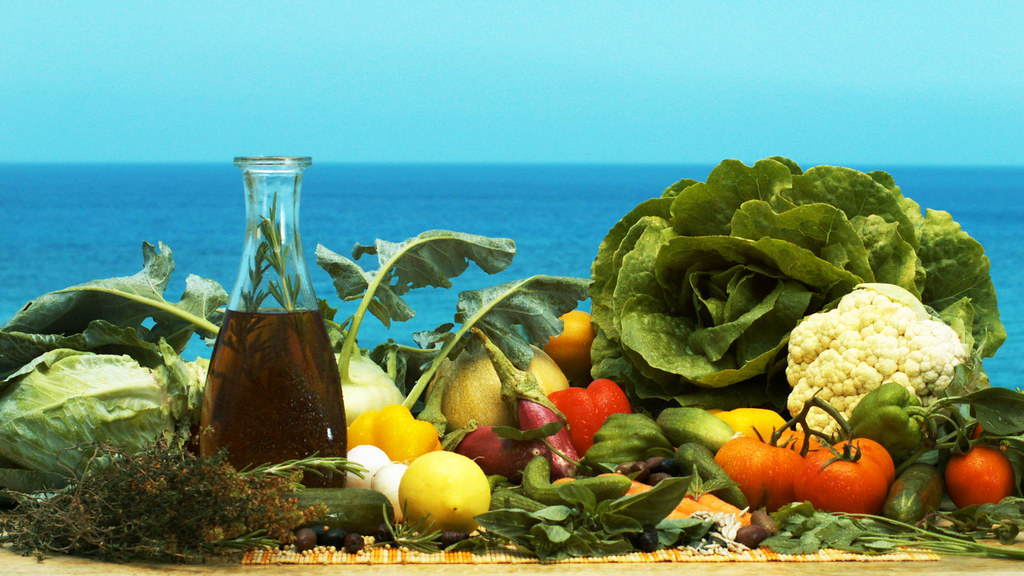Generations back, everyone had their own backyard and everything was home grown which used no chemicals or any adulteration items.But now, be it milk, paneer, tea or oil, nothing comes in its purest form. Until the time it reaches you, it is adulterated and it then becomes harmful.. Read on these simple tricks and stay away from adulterated food..
Forwarded by : Lakshmi || Source : Unknown

- Tea: The chai you are drinking isn’t coming straight away from the Assam fields.
Fake check: In order to check whether the chai powder is pure, put a teaspoon of it in cold water; if the cold water turns brown then your chai is adulterated!
- Frozen peas/green peas: We stock frozen peas in our refrigerators because they come in handy. However, some packets consist of a dye compound called ‘malachite green’, which can trigger stomach related ailments.
Fake check: Take water in a kadhai and put some peas and stir. If the water turns green, then immediately discard the packet as they are unsafe to consume.
- Cinnamon sticks: You can find out if you have bought authentic cinnamon sticks.
Fake check: Smash the sticks with your hands, if your hands get coloured then they are authenticate, if not then they aren’t.
- Turmeric root: Even if you’re crushing the turmeric roots and consuming it, the roots can be fake.
Fake check: Take a turmeric root on paper and pour cold water over it. If the root leaves colour, it’s a polished one and is impure.
- Apples: A polished apple will not keep you away from the doctor, but will take you to one. Did you know that apples are polished with wax to give them a ‘fresh’ look?
Fake check: To see if your apple isn’t wax covered, take a knife and slowly scrape the skin of your apple. If the knife extracts white, then that’s wax!
- Black Pepper: Even pepper can be adulterated with mineral oil!
Fake check: An adulterated pepper would shine and emit kerosene smell.
- Cumin seeds: Cumin seeds (jeera) are very essential part of cooking as we use it in our tadka daily. They can be coloured with charcoal dust.
Fake check: Crush the seeds in your palm, if your palm turns black then they contain charcoal.
- Milk: Our milkman not only fools by adding water to it. Milk can be adulterated with detergent and synthetic milk too.
Fake check: Mix 10 ml of water and milk in the same proportion. If you notice foam or lather, then the milk contains detergent. To detect synthetic milk, boil the milk. If a yellowish lather forms, then the milk is synthetic milk.
- Coriander powder: There could be sawdust in your coriander powder.
Fake check: Put some coriander powder in the water, the flakes of sawdust will float on water.
- Coconut oil: Coconut oil can be adulterated with other cheap oils.
Fake check: Put the coconut oil bottle in refrigerator, the solidified layer is coconut oil, whereas the liquid oil is an adulterant.
- Honey: To find granules of sugar is not a foolproof way to check the purity of honey.
Fake check: Take a cotton wick and dip it in honey. Then try to burn it. If the wick burns readily then the honey is pure, and if it crackles then it’s not.
- Paneer: That paneer in your paneer mutter is not really paneer. It’s starch. Paneer is one of the most adulterated items in our country.
Fake check: Take water and put a cube of paneer and boil it. Once it cools down, put some drops of iodine solution on it. If the paneer turns blue, then the starch is present in it.
- Chilli powder: Did you know you could be eating brick instead of chilli powder? That’s because crushed red brick looks exactly like chilli powder and therefore it is put in your masala.
Fake check: Put a teaspoon of chilli powder in a glass of water. If the solution emits colour then your chilli powder is adulterated.
Author: Priyadarshini Somasundar
Priyadarshini is an Engineering graduate in Electronics and Communication. She used work for Dell, Later shifted to Chennai after marriage and worked in Ericsson as system analyst.
I have always been passionate about our tradition and curious to know about our ancient wisdom and practices, which made me join this group.
View all posts by Priyadarshini Somasundar


